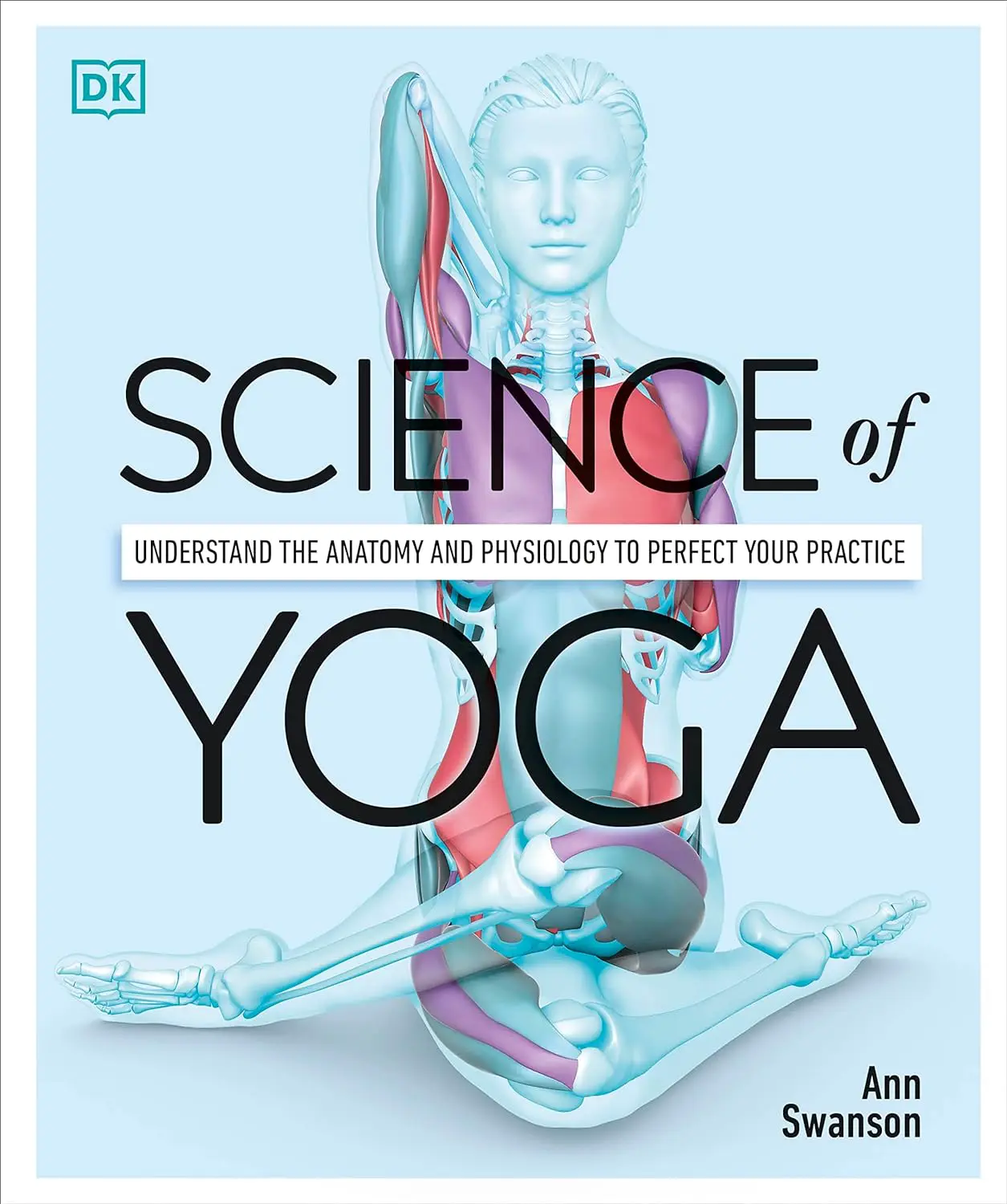Pranayama: Techniques for Inner Peace

Looking for more amazing products? Check out our online store and explore our collection here! Happy shopping!
Before diving in, please note: This post is for informational purposes only. If you’d like to know more about how we approach topics, feel free to check out our friendly Disclaimer Page.
Hey there, amazing readers! 
We’re committed to delivering quality posts, and your support (even just sticking around despite the ads) means everything to us. So, bear with us, and thanks for helping us keep the good vibes rolling. Now, on to the fun stuff!
TRANSLATE BUTTON AT THE END OF THE ARTICLE
Introduction to Pranayama
Pranayama is a fundamental aspect of yoga practice that focuses on breath control.
It involves various breathing techniques that help regulate the breath, calm the mind, and improve overall well-being.
The word "pranayama" is derived from two Sanskrit words: "prana," meaning life force, and "ayama," meaning extension or expansion.
Together, pranayama expands the life force within us through conscious breathing exercises.
In the practice of pranayama, the breath is considered a bridge between the body and mind.
By harnessing the power of breath, practitioners can achieve a state of inner peace, balance, and harmony.
Pranayama techniques can be practiced on their own or integrated into a broader yoga practice to enhance its benefits.
Benefits of Pranayama
The practice of pranayama offers a wide range of benefits for both the body and mind.
Some of the key benefits include:
Stress Reduction: Pranayama techniques help calm the nervous system, reduce stress levels, and promote relaxation.
Improved Lung Function: By focusing on deep and controlled breathing, pranayama can strengthen the lungs and improve respiratory function.
Enhanced Mental Clarity: Regular practice of pranayama can boost concentration, focus, and mental clarity.
Balanced Energy Levels: Pranayama helps balance the flow of energy within the body, leaving practitioners feeling revitalized and energized.
Emotional Regulation: By regulating the breath, pranayama can help manage emotions and promote emotional well-being.
Importance of Breath in Yoga
Breath is considered the foundation of yoga practice, and pranayama plays a crucial role in harnessing the power of breath.
In yoga philosophy, breath is seen as a vital life force that sustains both the body and mind.
By focusing on the breath through pranayama techniques, practitioners can deepen their connection to the present moment and cultivate mindfulness.
The breath serves as a link between the body and mind, influencing our physical, emotional, and mental states.
Through conscious breathing practices, yogis can enhance their self-awareness, release tension, and promote a sense of inner calm.
By incorporating pranayama into their practice, individuals can tap into the transformative power of the breath and unlock a deeper level of self-discovery.
Basic Pranayama Techniques
There are several basic pranayama techniques that beginners can explore to start their journey towards inner peace:
Deep Abdominal Breathing: This simple technique involves breathing deeply into the abdomen, allowing the diaphragm to expand fully.
Equal Breathing: Inhaling and exhaling for an equal count can help balance the breath and calm the mind.
Three-Part Breath: This technique involves breathing sequentially into the abdomen, chest, and upper lungs to promote full breath awareness.
Box Breathing: Inhaling, holding, exhaling, and holding the breath in equal counts can help regulate the breath and induce relaxation.
Anulom Vilom Pranayama
Anulom Vilom, also known as Nadi Shodhana or alternate nostril breathing, is a popular pranayama technique that helps balance the flow of energy in the body.
To practice Anulom Vilom, follow these steps:
Sit in a comfortable position with a straight spine and relax your shoulders.
Close your right nostril with your right thumb and inhale deeply through your left nostril.
Close your left nostril with your right ring finger and exhale through your right nostril.
Inhale through the right nostril, then close it and exhale through the left nostril.
Continue this alternate nostril breathing pattern for several rounds, focusing on the smooth flow of breath.
Sheetali Pranayama
Sheetali Pranayama, or cooling breath, is a breathing technique that helps reduce body heat and calm the mind.
To practice Sheetali Pranayama:
Sit comfortably with a straight spine and relax your shoulders.
Roll your tongue into a tube shape or purse your lips if you cannot roll your tongue.
Inhale slowly and deeply through your rolled tongue or pursed lips.
Close your mouth and exhale slowly through your nose.
Repeat this cooling breath for several rounds, focusing on the sensation of coolness as you breathe in.
Bhramari Pranayama
Bhramari Pranayama, also known as humming bee breath, is a calming pranayama technique that can help relieve stress and anxiety.
To practice Bhramari Pranayama:
Sit comfortably with a straight spine and relax your shoulders.
Close your eyes and take a deep breath in.
As you exhale, make a low-pitched humming sound like a bee.
Feel the vibrations of the sound resonate throughout your head and body.
Repeat this humming breath for several rounds, focusing on the soothing effect it has on your mind.
Kapalbhati Pranayama
Kapalbhati Pranayama, or skull shining breath, is a powerful breathing technique that cleanses the respiratory system and energizes the body.
To practice Kapalbhati Pranayama:
Sit in a comfortable position with a straight spine and relax your shoulders.
Take a deep breath in and exhale forcefully through your nose by contracting your abdominal muscles.
Focus on the forceful exhalations, allowing the inhalations to happen naturally.
Continue this rapid exhalation pattern for several rounds, feeling the energizing effect on your body.
Gradually increase the speed and intensity of your exhalations as you become more familiar with the technique.
Ujjayi Pranayama
Ujjayi Pranayama, or victorious breath, is a breathing technique commonly used in yoga practice to cultivate heat and build internal energy.
To practice Ujjayi Pranayama:
Sit comfortably with a straight spine and relax your shoulders.
Inhale deeply through your nose, slightly constricting the back of your throat to create a soft hissing sound.
Exhale deeply through the nose with the same restriction in the throat, producing a gentle oceanic sound.
Focus on the sound of your breath and the sensation of warmth as you continue the Ujjayi breath.
Practice this victorious breath during yoga asanas to enhance your focus and presence on the mat.
Sitali Pranayama
Sitali Pranayama, or cooling breath, is a breathing technique that helps reduce body heat and calm the mind.
To practice Sitali Pranayama:
Sit comfortably with a straight spine and relax your shoulders.
Roll your tongue into a tube shape or purse your lips if you cannot roll your tongue.
Inhale slowly and deeply through your rolled tongue or pursed lips.
Close your mouth and exhale slowly through your nose.
Repeat this cooling breath for several rounds, focusing on the sensation of coolness as you breathe in.
Nadi Shodhana Pranayama
Nadi Shodhana Pranayama, or channel cleaning breath, is a balancing breathing technique that helps harmonize the flow of energy in the body.
To practice Nadi Shodhana Pranayama:
Sit comfortably with a straight spine and relax your shoulders.
Use your right thumb to close your right nostril and inhale deeply through your left nostril.
Close your left nostril with your right ring finger and exhale through your right nostril.
Inhale through the right nostril, then close it and exhale through the left nostril.
Continue this alternate nostril breathing pattern for several rounds, focusing on the balance of energy within your body.
Incorporating Pranayama into Your Practice
To incorporate pranayama into your yoga practice, consider the following tips:
Begin with a few minutes of deep breathing or a specific pranayama technique before starting your yoga practice.
Integrate pranayama techniques into your asana practice to deepen your breath awareness and enhance the benefits of each posture.
Dedicate time at the end of your practice for a pranayama session to calm the mind, release tension, and promote relaxation.
Experiment with different pranayama techniques to find those that resonate with you and address your specific needs.
Practice pranayama regularly to experience the full benefits of conscious breathing and cultivate a sense of inner peace and well-being.
Conclusion
In conclusion, pranayama techniques are powerful tools for achieving inner peace, balance, and harmony.
By incorporating breath control practices into your yoga routine, you can enhance your overall well-being, reduce stress, improve lung function, and cultivate mental clarity.
Whether you are a beginner or an experienced yogi, exploring the world of pranayama can deepen your connection to the breath and unlock the transformative power of conscious breathing.
Embrace the practice of pranayama to nurture your body, mind, and spirit on the path to inner peace.

The Enlightenment Journey is a remarkable collection of writings authored by a distinguished group of experts in the fields of spirituality, new age, and esoteric knowledge.
This anthology features a diverse assembly of well-experienced authors who bring their profound insights and credible perspectives to the forefront.
Each contributor possesses a wealth of knowledge and wisdom, making them authorities in their respective domains.
Together, they offer readers a transformative journey into the realms of spiritual growth, self-discovery, and esoteric enlightenment.
The Enlightenment Journey is a testament to the collective expertise of these luminaries, providing readers with a rich tapestry of ideas and information to illuminate their spiritual path.
Our Diverse Expertise
While our primary focus is on spirituality and esotericism, we are equally passionate about exploring a wide range of other topics and niches 

To ensure we provide the most accurate and valuable insights, we collaborate with trusted experts in their respective domains 
Our blog originally focused on spirituality and metaphysics, but we’ve since expanded to cover a wide range of niches. Don’t worry—we continue to publish a lot of articles on spirituality! Frequently visit our blog to explore our diverse content and stay tuned for more insightful reads.
Hey there, amazing reader! 
Check out our store here and take a peek at some of our featured products below! Thanks for being awesome!











